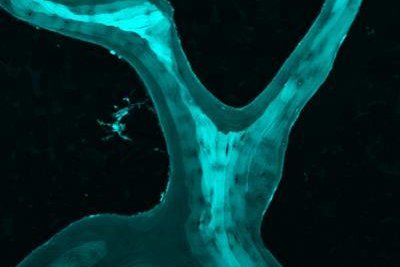ITHACA, N.Y., Feb. 29 (UPI) -- Researchers at Cornell University have discovered a unique property of cancellous bone -- the bone near joints and found in the vertebrae. It maintains its strength as it breaks, heals and regains its structure.
The strength of most man-made materials is significantly compromised by a fracture, but not cancellous bone.















